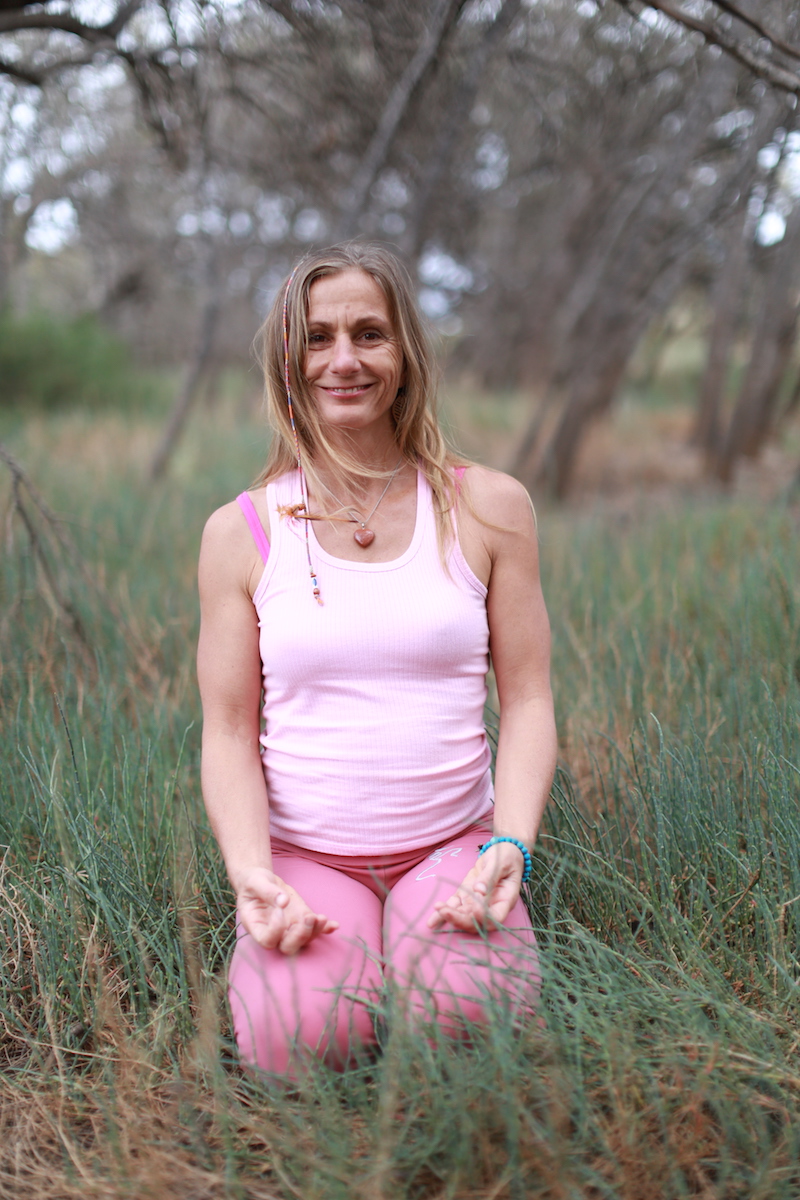-Have you tried to sit quietly with yourself and found it really hard?
-Have you witnessed your own mind playing tricks and doing summersaults?
-Have you witnessed your mind transporting you into all kinds of scenes and scenarios?
If your answer to any of these is yes, meditation will be useful to you.
When the mind is in “busy mode”, it continuously attaches to thoughts that take you into present or past.
The power of decision- making we only have in the ‘here and now.’ It is distracted by pondering past events, or events that never come.
Meditation involves an internal effort to control the movements of the mind. Meditation is also effective to clear the mind and ease health issues, such depression, fatigue, anxiety and high blood pressure.
You can meditate seated, standing, walking or moving.
Meditation generally refers to the state of empty mind itself, as well as to practices or techniques employed to achieve this state.
Meditation techniques have a calming effect and direct our awareness inward until pure awareness is achieved.
How to get there?
There are three fundamental approaches to reach the state of meditation.
The classical meditation poses suggest an open, stable body with an extended spine and easy flowing breath.
All meditations guide our mind to focus.
1. “Focus attention techniques”
Vipassana (breath observation) is taught all through the western and Eastern world.It involves observing closely the movements of the breath from the exterior to the interior of the body.
Zazen “The precise meaning and method of Zazen varies from school to school, but in general it can be regarded as a means of insight into the nature of existence. Most of the Japanese techniques originate from Chinese Buddhism.
Zazen is usually associated with the study of koans. Koans are unanswerable questions such as:
”What is the sound of one hand clapping?”
The meditation practitioner was traditionally given one question to meditate upon.Until the master would asses the answer as satisfying the adept had to ponder it. The Sōtō School of Japan, on the other hand, only rarely incorporates oans into Zazen practices. They prefer an approach, where the mind has no object at all (Shikantaza).”
Guided meditations some times use stories or images to gradually calm body and mind to a state that for moments or longer periods creates a meditative state. The sense of inner vision is the vehicle, where as excluding the outer senses, will allow to drop into the deeper layers of the mind.
2. “Open Monitoring”
Mindfulness meditations observe the rise and fall on the surface of the mind.
This technique can be performed in guided meditation or self motivated meditation. It requires the effort to concentrate solely on what is in front of us.
In the simple practice of this approach the practitioner can reach a stillness of the mind equally leading to meditation.
3. “Transcendental Meditation”
Transcends thought via specific Mantra (sound word with no direct meaning), entering progressively the deeper and increasingly calmer layers of the mind.
Active day to day doing mode takes place in a fast mind frequency, called “beta frequency” in meditation the mind descends to the slower and more restorative “alpha frequency”.
All three approaches to meditation have the same goal in mind, to create an empty mirror in our mind, so that truth and true reality can be reflected back to us.

